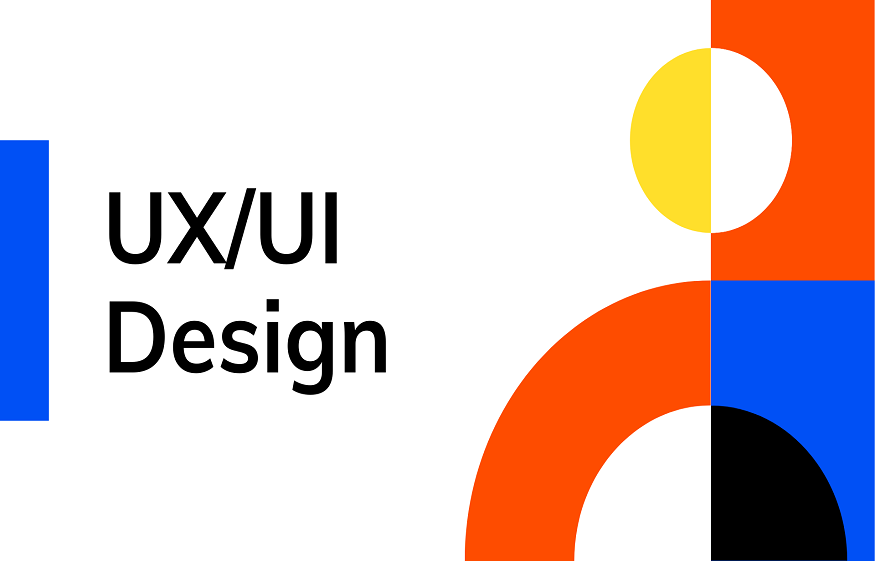
The business value of good design is obvious. If customers find it difficult to do business with you, whether online, on their phone, in a brick-and-mortar store, or elsewhere, they’ll go somewhere else where there’s less difficulty to overcome. It’s as simple as that.
Most discussions of the business value of a good user experience and good user interface focus on the consumer experience. Yet, this problem is just as important in terms of employee experience and productivity. If you’re not already treating it as such, it’s time for a change.
Many of the methods commonly used to measure the relationship between design and added value reflect this reality. A simple tweak to the user interface can drastically reduce the rate of item abandonment in an online shopping cart, for example – a popular metric in the e-commerce world.
This same principle is equally valid when you focus internally on the experience of your own employees. Poor design of tools, processes, and employee workflows is as important as poor design of products and services to a customer.
And design is essentially a matter of concrete economic value. A McKinsey report on the business value of good design found a strong correlation between companies with good design and better bottom lines.
Companies in the top 25% of the McKinsey Design Index increased their revenue— the holy grail of virtually all companies —up to twice as fast as benchmark companies in the same sector. Likewise, they have offered shareholders overall returns superior to those of their competitors. Moreover, this correlation held regardless of the sector – from medical technology to consumer goods to retail banking.
Among the findings of this report: Prioritizing design and user interface (UX/UI) is not really about a single product or service, but about the entire user experience. I think that’s absolutely true, and that’s true of your employees’ experiences as well. Yet too many companies fail to apply this reasoning to their internal systems and workflows.
However, they better think something like, “It’s probably broken, so let’s fix it.” This may sound harsh, and it’s unlikely that all of your tools and processes are actually flawed. But are they suitable? Probably not, and ignoring good employee experience design may be one of the root causes.
The proliferation of remote working and hybrid working has amplified the already considerable role of digital tools and processes in our businesses today. We are (rightly) investing in the digital transformation and modernization of companies across all industries, but to really get there, we need to rethink and optimize the way people in these companies do their jobs.
pain points wherever they exist. You should focus on identifying repetitive tasks in your overall workflows, duplicate data between people and/or systems, and being responsive to customer requests or issues. While these are obvious areas where design issues can arise, the fact remains that technical, cultural and other factors can also play a major role. All of these issues can be fixed by improving the UX/UI interface.
It’s pretty much the same reason an eCommerce business cares about abandoned carts, conversions, and other metrics. Similar indicators can be used for your employees. For example, if employees find it difficult or frustrating to use a particular tool or complete a job or task, they are more likely to abandon it. At best, it will take them longer to complete this work. Ultimately, a solid design should be considered as the basis for maximizing productivity, employee experience and satisfaction.
4 things to keep in mind when implementing or improving UX/UI design
1) An optimal experience does not only mean a digital portal.
To optimize employee experiences and workflows, it is not enough to create a self-service portal and send employees there. Design thinking should incorporate all aspects of workflows and employee experiences.
2) Good design doesn’t have to be elegant.
If you work on a consumer brand, you almost certainly value aesthetics. But good design of tools and employee workflows doesn’t necessarily mean great design, but perhaps great functionality instead.
3) Good design is simple and intuitive.
I think the most relevant UX/UI decisions are those that make it easier for employees to do their jobs.
4) The results accumulate.
Simple UX/UI changes can generate quick wins that can increase employee adoption. Greater adoption can create a greater opportunity to realize long-term value and return on investment as well as improve employee satisfaction.




